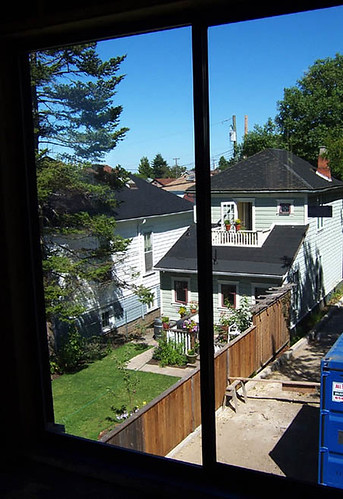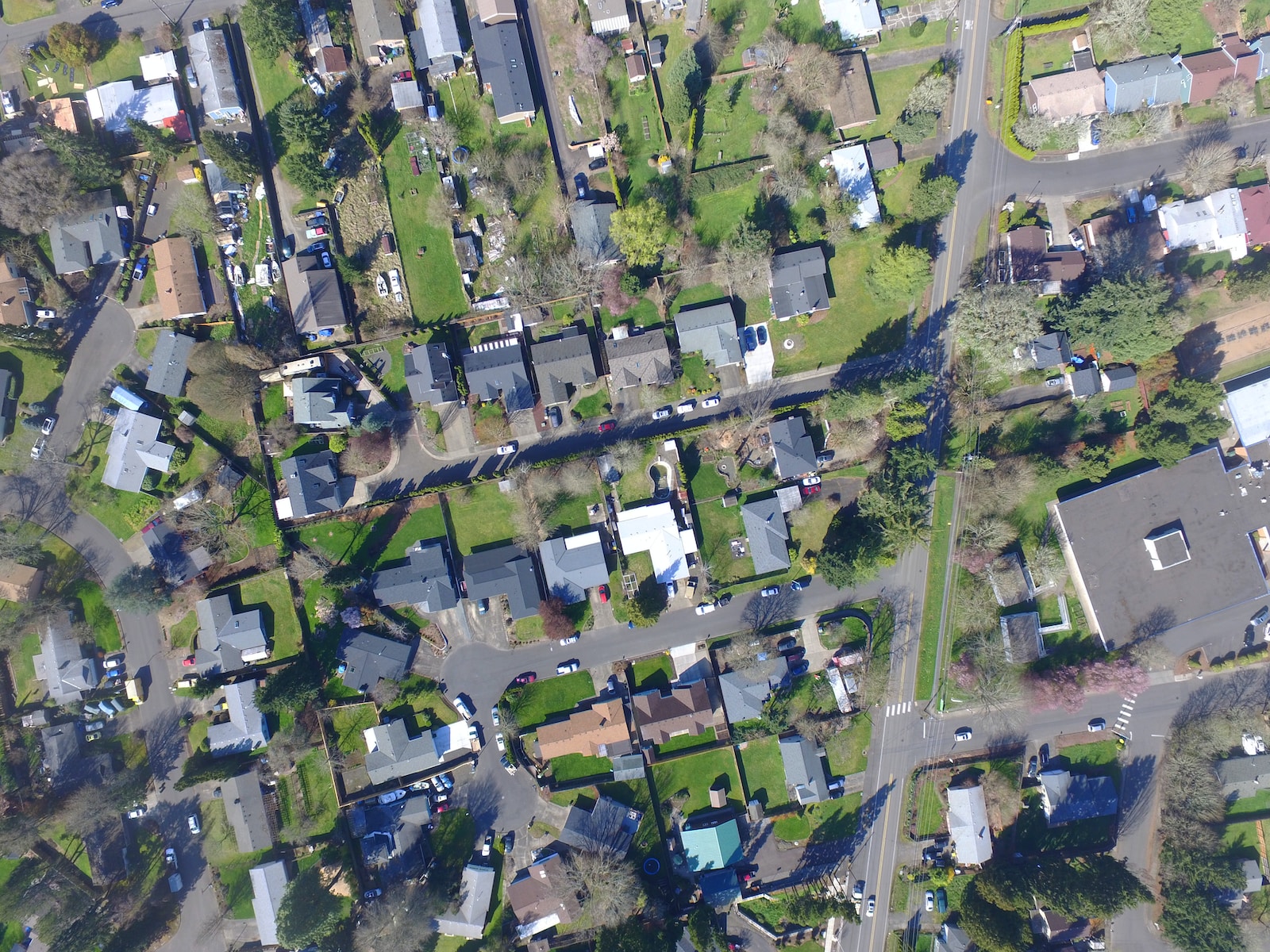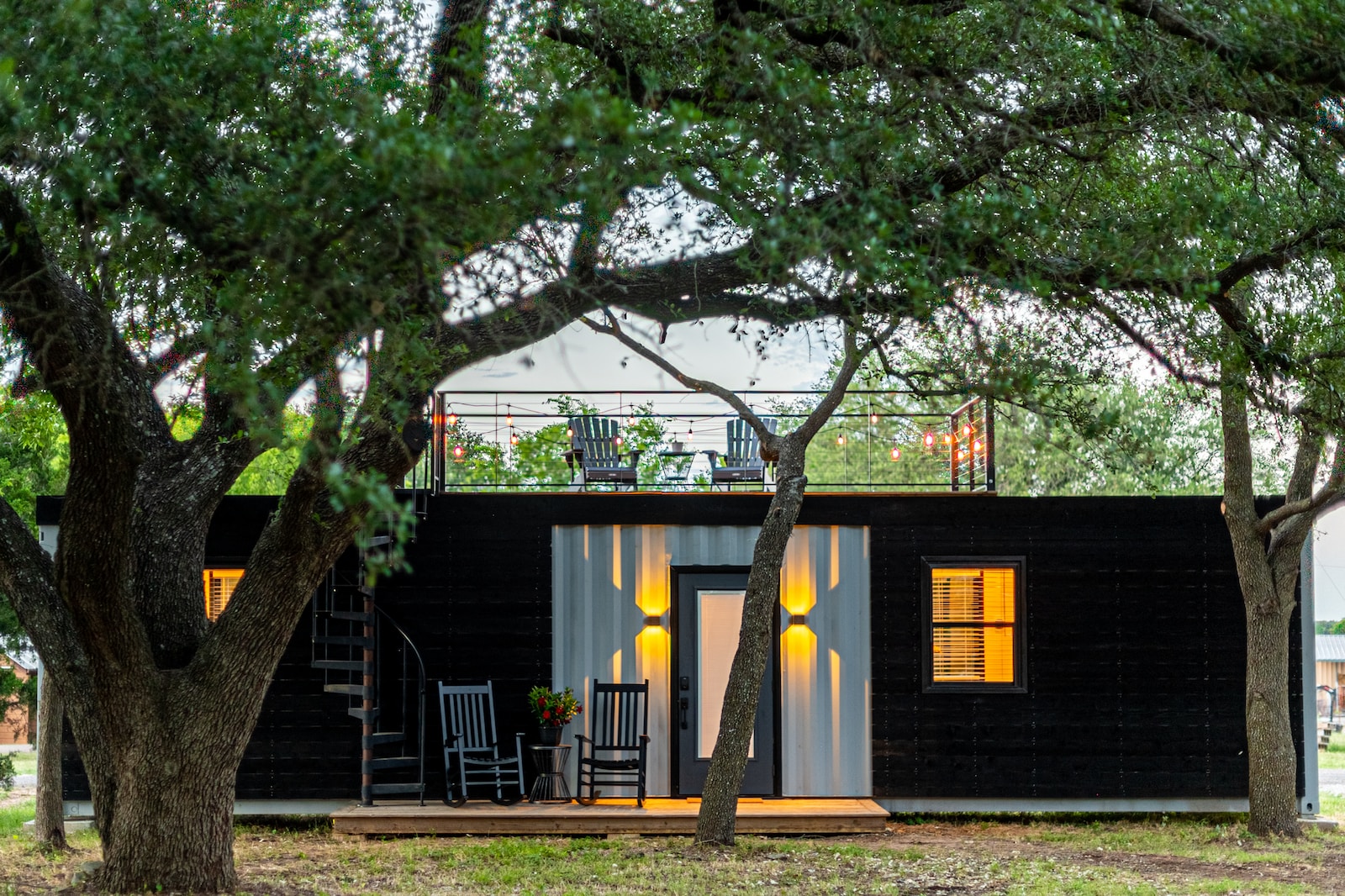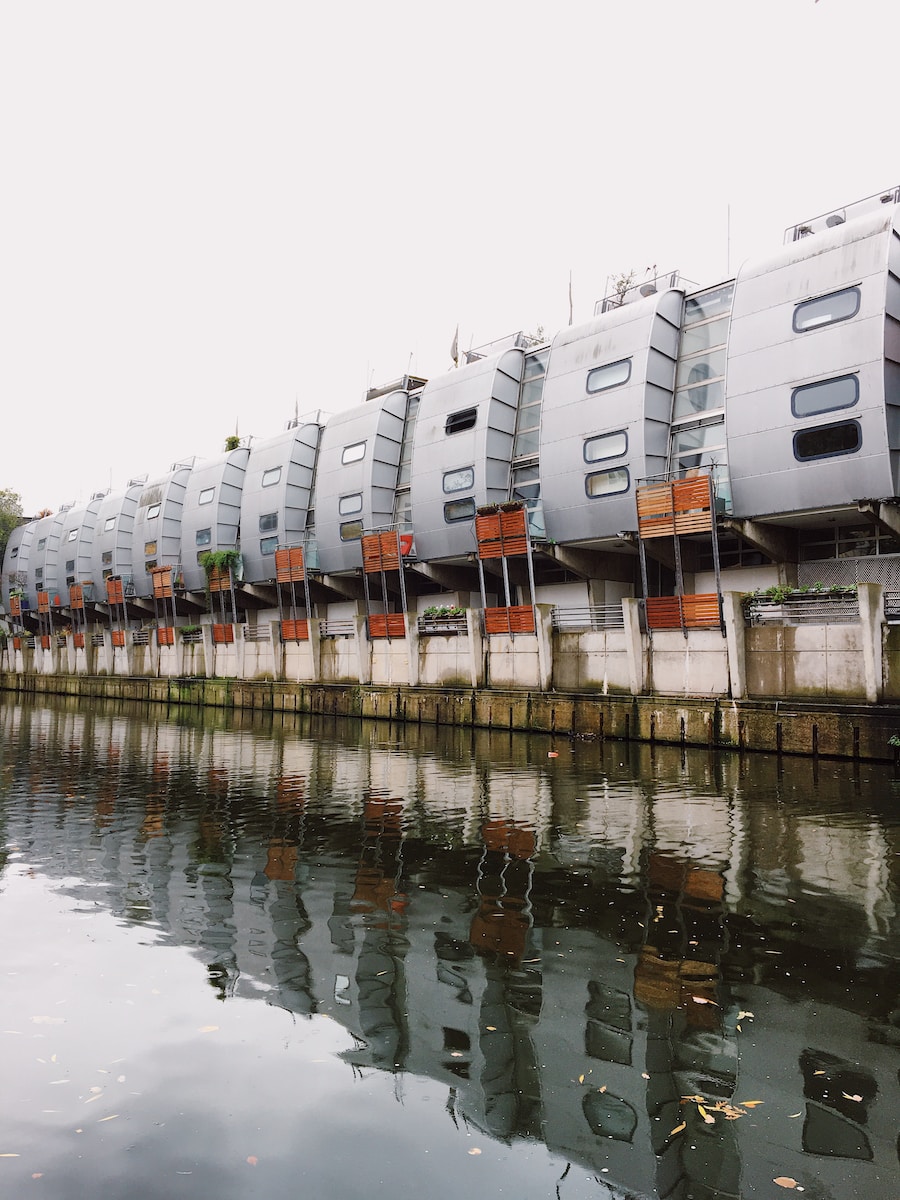Hello, fellow container home enthusiasts! I’m Emily Owens, and for the past four years, I’ve been immersed in the captivating world of container homes. If you’re as smitten with these metal marvels as I am, you might have wondered, “Could I start my very own container home community?” Well, wonder no more, because today, I’m here to guide you through the exciting journey of creating your own container home haven.
Container homes have gained immense popularity over the years, thanks to their sustainability, affordability, and unique aesthetic appeal. Building a community of these modular marvels is not only a great way to promote eco-friendly living but also a chance to foster a close-knit and like-minded group of individuals. So, without further ado, let’s dive into the steps to make your container home community dreams a reality.
Define Your Vision
Every successful endeavor starts with a clear vision, and starting a container home community is no exception. Begin by defining what you want to achieve with your community. Are you aiming for an off-grid, self-sustaining oasis in the wilderness, or do you see a vibrant urban neighborhood filled with container homes? Your vision will be the compass that guides your decisions throughout the process.
For example, if your vision is an eco-conscious community nestled in a serene natural setting, you might choose a remote location with abundant access to renewable resources like solar and wind power.
Legal Matters and Regulations
Before you start stacking containers like building blocks, it’s crucial to navigate the legal landscape. Container home regulations can vary widely from one place to another, so you’ll need to research local zoning laws, building codes, and permitting requirements.
It’s essential to consult with local authorities to ensure your project complies with all regulations. Some areas may even have specific guidelines for container homes, so do your homework to avoid any legal headaches down the road.
Secure Financing

Creating a container home community can be a substantial financial investment, so securing funding is paramount. Consider various financing options, including personal savings, loans, grants, or partnerships with investors who share your vision. It’s essential to have a solid financial plan in place to cover land acquisition, construction costs, infrastructure development, and ongoing maintenance.
Land Acquisition
Once you’ve got the green light from local authorities and your financing is in order, it’s time to find the perfect piece of land for your container home community. The location you choose will greatly influence your community’s atmosphere and accessibility. Factors like proximity to amenities, scenic beauty, and ease of transportation should all be taken into account.
For instance, if your vision leans towards a bustling urban community, a centrally located plot close to public transportation and local businesses would be ideal.
Infrastructure Development
Container homes may be compact, but they still require essential infrastructure like water, sewage, and electricity. Depending on your location, you may need to install wells, septic systems, or renewable energy sources like solar panels and wind turbines.
Additionally, consider communal spaces, such as gardens, recreational areas, and waste disposal facilities, to enhance the overall quality of life in your community.
Design and Construction
Now comes the fun part—designing and constructing your container homes! Container homes can be customized to suit various preferences, from minimalist and industrial to cozy and rustic. Work with architects and builders who specialize in container homes to ensure your vision comes to life.
Don’t forget about the communal aspects of your community. Common areas, like a shared kitchen, laundry facilities, or a community center, can foster a sense of togetherness among residents.
Community Building
Building a container home community isn’t just about structures; it’s about people. Encourage a sense of community by organizing events, workshops, and gatherings. Create opportunities for residents to get to know one another, share ideas, and collaborate on sustainability initiatives.
For example, you could host regular potluck dinners or gardening workshops to bring everyone together.
Sustainability and Self-Sufficiency

One of the unique aspects of container homes is their potential for sustainability. Embrace this by implementing eco-friendly practices like rainwater harvesting, composting, and renewable energy sources. Encourage residents to adopt a green lifestyle and work together to reduce your community’s environmental footprint.
Maintenance and Upkeep
Owning a container home community is an ongoing commitment. Regular maintenance and upkeep are essential to ensure the longevity of your structures and the happiness of your residents. Establish a homeowners’ association or management team to oversee maintenance tasks and address any issues promptly.
Grow and Evolve
As your container home community flourishes, don’t be afraid to adapt and grow. Listen to the feedback and suggestions of your residents, and be open to new ideas and improvements. The beauty of container homes is their versatility and potential for expansion, so take advantage of this as your community evolves.
Starting a container home community is undoubtedly a labor of love, but the rewards are well worth the effort. It’s a chance to create a sustainable, close-knit, and unique living experience for yourself and others who share your passion for container homes. So, follow these steps, stay resilient, and watch your container home community thrive! Remember, the journey may be challenging at times, but it’s all part of the adventure of turning metal boxes into cozy homes and a vibrant community. Happy container home building!



















Find Us on Socials